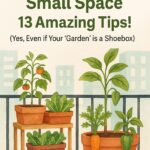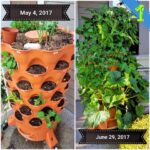Container Gardening
Lorem ipsum

Heading 1
Heading 2
Heading 3
Heading 4
Heading 5
Heading 6
Lorem dolor amet, consectetuer adipiscing elit. Nullam dignissim convallis est. Quisque aliquam. cite. Nunc iaculis suscipit dui. Nam sit amet sem. Aliquam libero nisi, imperdiet at, tincidunt nec, gravida vehicula, nisl.
This stylesheet is going to help so freaking much. Continue reading
Custom Potting Mix Recipe Designer
Affiliate Disclosure: This post contains affiliate links. If you make a purchase through these links, I may earn a small commission at no extra cost to you. I only recommend products I believe will add value to your gardening journey.… Continue reading








